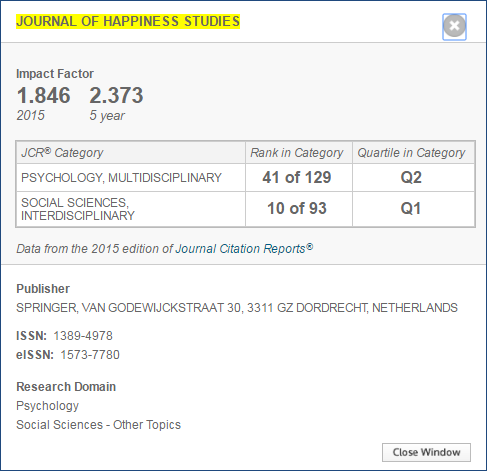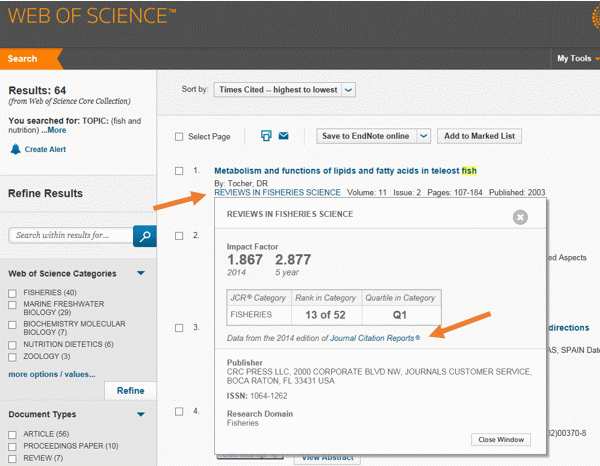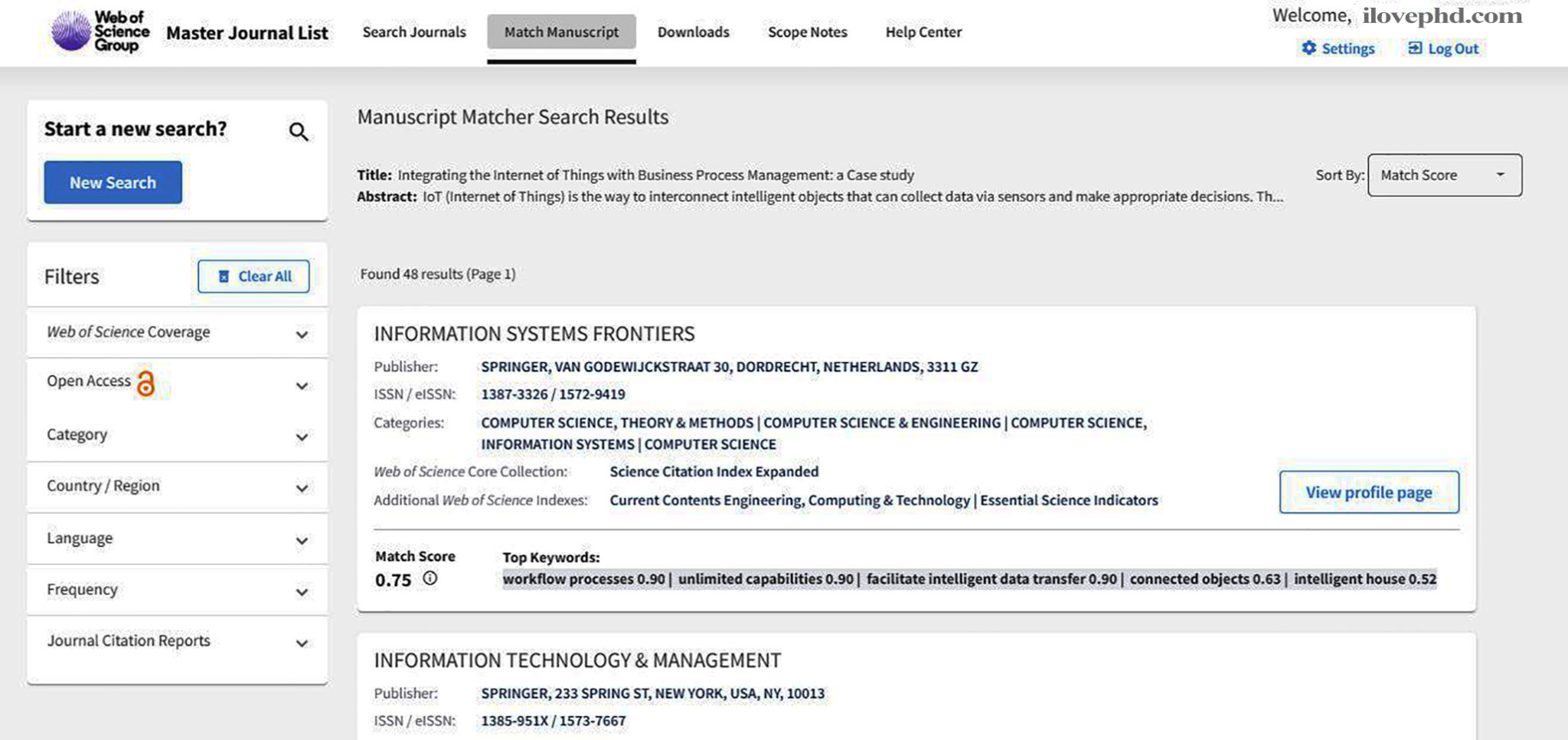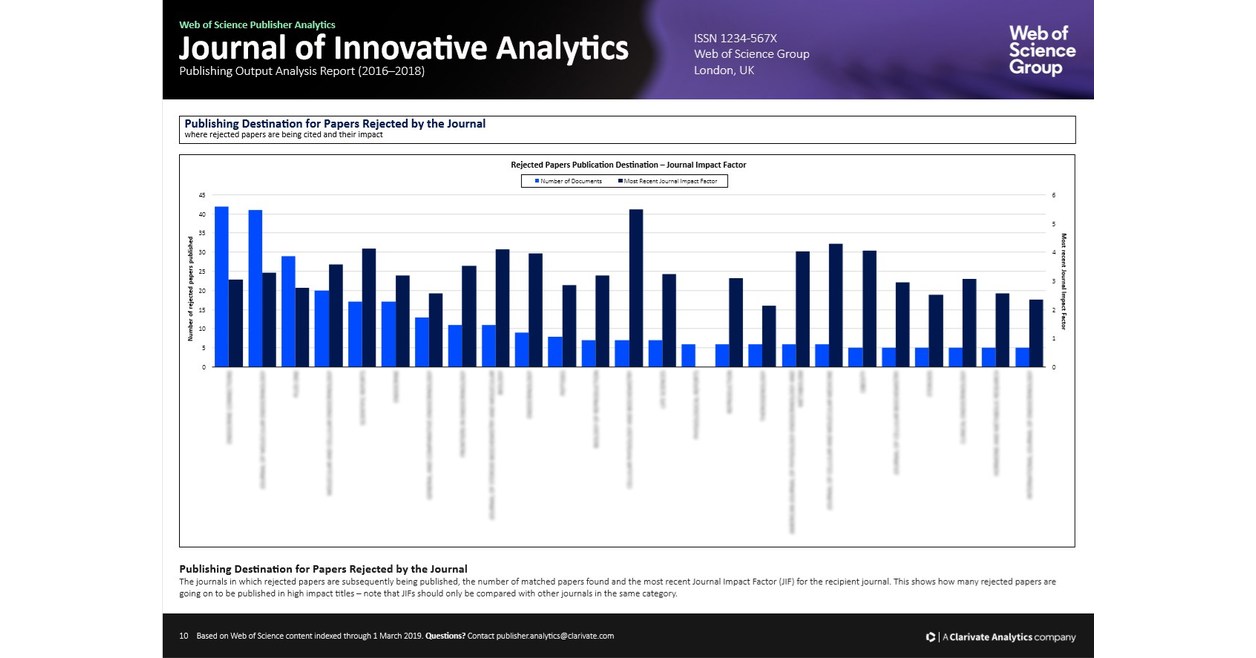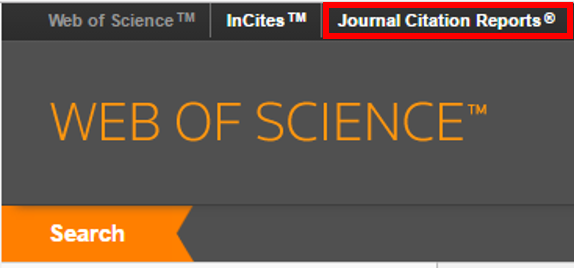Web Of Science Impact Factor Of Journals

The journal impact factor should not be used without careful attention to the many phenomena that influence citation rates for example the average number of references cited in the average article.
Web of science impact factor of journals. Jcr was earlier published as science citation index and now it is published by clarivate analytics a web of science group. Web of science does not depend on the journal impact factor alone in assessing the usefulness of a journal and neither should anyone else. The impact factor is a formal numerical indicator of the importance of a scientific journal annually calculated by the web of science formerly institute for scientific information institute for scientific information isi and published in the journal journal citation report. Impact factor data is only available for journals indexed by web of science.
It contains over 12000 journals. The default display is organized alphabetically by journal title changing the option to impact factor will rank the journals from most impact to least. It is used to measure the importance or rank of a journal by calculating the number of citations of its materials and publications. Using web of science to find a journal s impact and rank.
Impact factors are best used to compare journals in the same subject category as citation rates vary widely between disciplines. Journals that are indexed in the article database web of science are ranked using a tool known as the impact factor which is based on the previous two years citation data. Impact factor if is the average measure of the frequency with which an article was cited in a given year. And in the 60s we invented the journal impact factor after using journal statistical data in house to compile the science citation index sci for many years clarivate analytics began to publish journal citation reports jcr 3 in 1975 as part of the sci and the social sciences citation index ssci.
Journal impact factor list 2019.

